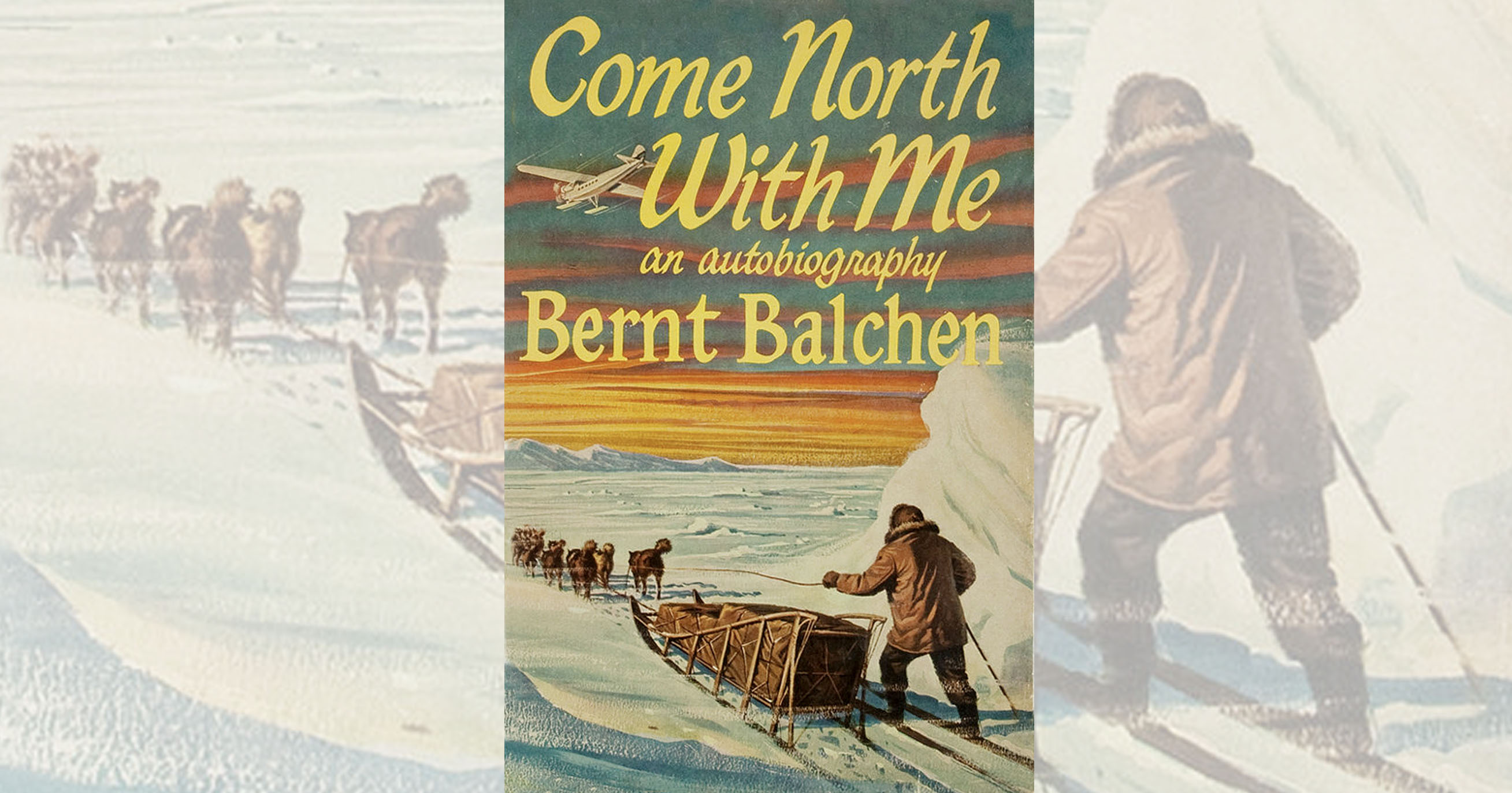Come North with Me by Bernt Balchen
Arctic explorer and pilot Bernt Balchen has long been one of my heroes. I had been reading about his daring exploits for many years before I was fortunate enough to meet him. Working with him on a committee, I discovered that despite his awe-inspiring credentials he was a soft-spoken bear of a man, focused on the work at hand but always agreeable.
The Norwegian-born Balchen served in the Finnish army’s cavalry in World War I, fighting the Russians. He became a Norwegian naval air force pilot in 1921, and in the interwar years explored the polar regions with famous path finders such as Roald Amundsen and Lincoln Ellsworth.
During World War II, serving as a colonel in the U.S. Army Air Forces, he set up an aviation training school in Canada for refugee Norwegian airmen. He also developed an escape route that enabled more than 4,300 Norwegians to elude the Nazis, established a kind of “underground airline” to rescue Allied internees from Sweden and set up a clandestine operation to support the underground in occupied Norway. In addition, Balchen was responsible for sending black-painted Consolidated B-24s over German-occupied territory to drop Allied spies. They parachuted out of the Liberators via a specially constructed “Joe Hole,” a padded hatch in the bomber’s belly.
When WWII came to a close, Balchen continued serving with the U.S. Air Force, spearheading arctic rescue operations and helping to establish air bases in Greenland. Those far-flung facilities would prove essential to transatlantic military operations, giving the Strategic Air Command the transatlantic legs it needed during the Cold War years.
The first edition of Balchen’s Come North With Me was published in 1958, the year after explorer Richard E. Byrd died and two years after Balchen’s own retirement from the Air Force. The book proved to be very controversial, in that he cast doubt on Byrd’s claim to have been first to overfly the North Pole in 1926. Thanks to the efforts of the influential Byrd family, that first edition was suppressed. Some subsequent editions, including the one on my own shelf, include only vague allusions to the author’s suspicions about Byrd’s claim.
Before Bernt Balchen died in 1973, however, other accounts were published referencing a 1928 statement by Byrd’s pilot Floyd Bennett that, after their plane developed an oil leak, they circled out of sight of observers rather than heading for the pole. The discovery in 1996 of Byrd’s own diary, filled with erasures and notable discrepancies, finally vindicated Balchen.
Originally published in the November 2008 issue of Aviation History. To subscribe, click here.





